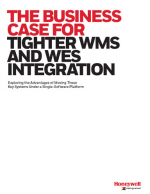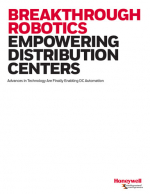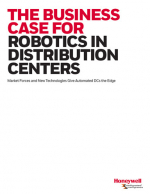Material Handling Automation Driving Wider Adoption of WES
Warehouse Execution Systems (WES) Evolve to Meet E-commerce Demands.
To address the escalating complexities of modern distribution and fulfillment operations, many companies are accelerating their transitions from manual to automated processes. Manual processes that may have once been effective are simply unable to match the current speed of e-commerce. Shorter delivery windows are causing order errors and disappointed customers, while returns processing is only adding to labor demands and shipping costs.
As distribution center (DC) operators struggle to find qualified labor, they’re also realizing that their manual resources have reached the limits of their productivity levels. To protect profit margins and succeed in this ultra-competitive environment, operators are introducing more automation into their DCs. This will require the integration of new material handling equipment, processes and distribution software — which can seem like daunting prospects to many operators.
In response to this rapid evolution, the concept of Warehouse Execution Systems (WES) has matured quickly in recent years. The increasing need for automation has helped to carve out WES’ role among other legacy distribution software. While Warehouse Control Systems (WCS) and Warehouse Management Systems (WMS) still play necessary roles, only the WES enables visibility into disparate automation systems, allowing it to orchestrate the entire order fulfillment process within the four walls of a DC.
This white paper will explore the importance of the WES in the transition to greater automation and discuss its potential to continue assuming more critical warehouse functions within a single, unified system.
What’s Related




Favorites





